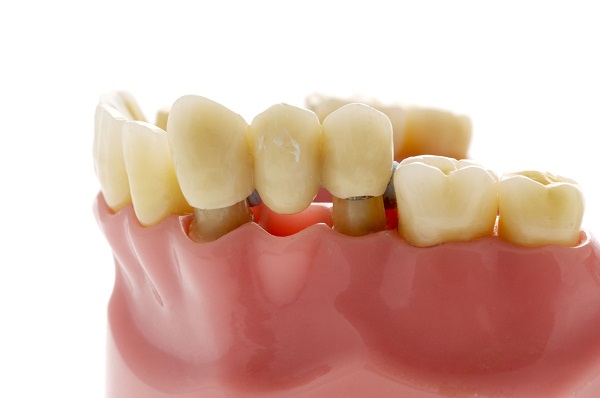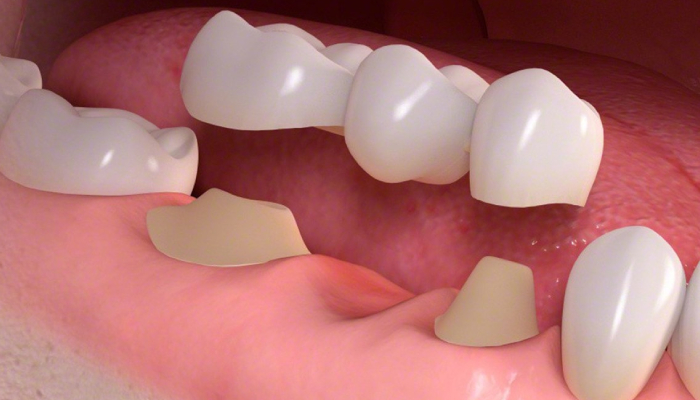Dental Bridges- Fixing The Missing Teeth The Right Way
When restoring a missing tooth, sometime in response to a dental emergency, dental bridges are undoubtedly the best option. Dental bridges are often the preferred option for patients seeking cost-effective restorative methods because they are less invasive than implants and more aesthetically pleasing than partial dentures. To find out why dental bridges are the best, keep reading this article. Know More
Also Read : Most Common Dental Emergencies: A Practical Guide
What Are Dental Bridges? How Does It Work?
Bridges are dental structures made of artificial teeth with crowns attached to either side. A crown supports and firmly adheres a pontic to a gap left behind by a missing tooth. In addition, a dental bridge can also be used to replace two or more missing teeth with two or more artificial teeth.
A dental bridge may not work properly without healthy teeth on either side of the space left by the missing tooth. The right dental bridge can restore your aesthetic needs and help your teeth work together. A missing tooth may cause adjacent teeth to try to fill in the space, disrupting the entire function of your teeth and jaw. This misalignment can eventually lead to chewing difficulties, bite difficulties, stress on teeth & jaw, and many other problems.
Dental bridges can correct these problems by preventing teeth from shifting and ensuring a proper bite. They can also improve your chewing and speaking abilities. Although dental bridges can last for years, cement degradation and decay in adjacent teeth can lead to the bridge coming loose. Reapplying cement may be necessary to correct this problem.
Also Read : Gum Inflammation: Causes, Symptoms And Treatment

What Are The Different Types Of Dental Bridges?
A dental bridge is normally made up of abutment teeth and pontics. A pontic is a false tooth filling the gap between the teeth and is typically attached to the crowns. Abutment teeth are the teeth on either side of the gap. They are also known as anchoring or support teeth, which ensure that the pontic remains in place after it is placed. The abutment tooth can either be a natural tooth or an implant.
Dental bridges can be classified into four types:
Traditional fixed bridge: Made of metal, porcelain or porcelain fused metals, these dental bridges are a popular option. The bridge consists of one or more crowns connected to one or more filler teeth, and crowns hold the bridge in place.
Cantilever bridge: In this type of bridge, the pontic is attached only to one abutment tooth
Resin-bonded bridge: A resin-bonded bridge is used to fill in gaps between the front teeth. Metal or porcelain is used for these bridges, supported by a framework.
Implant-supported bridge: The implant-supported bridge has the same function as a traditional bridge, except that pontics are fixed in the gap with implants instead of cement.
Implants Or Dental Bridges: Which Is Better?
Although dental bridges are an inexpensive restorative procedure, they need to be replaced after a few years. On the other hand, dental implants are a long-term solution and are a preferred option when a patient is young. However, it is always advisable to consult your dentist if you are unsure whether implants or bridges are the best options. Don’t forget to check out our other posts about tooth extraction and dental restoration

